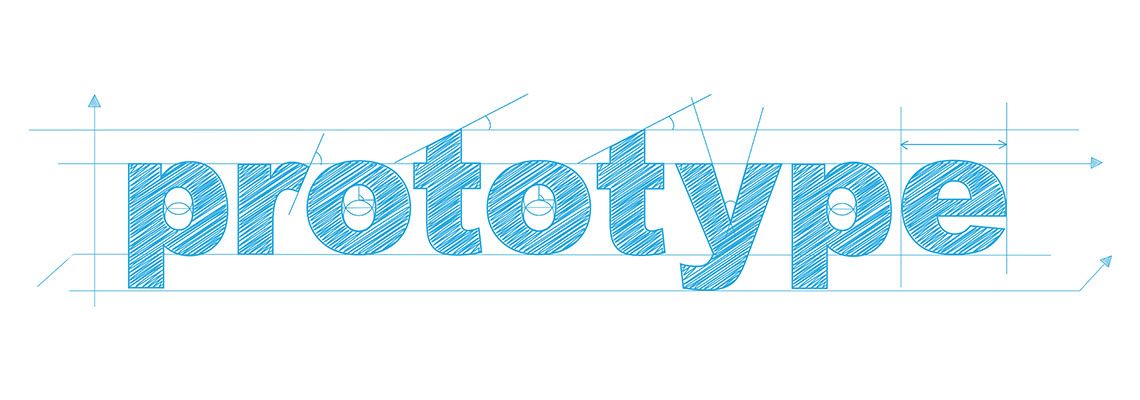The Importance of a Prototype

If you’re an inventor or an innovator in your field, you know how important it is to clearly express your ideas to others and also how important it is to protect your Intellectual Property (IP). One of the best ways to go about protecting your Intellectual Property is to pursue a patent for your idea through the United States Patent and Trademark Office (USPTO), but this can be a long and complicated process.
Because of this, you should work with an Intellectual Property Attorney who can walk you through the steps leading up to your application and educate you on some key strategies you can use to make this process easier. Specifically, your Attorney can help you understand the importance of building a prototype. For more information, reach out to COFFYLAW, LLC’s skilled Attorneys for guidance. With offices in New Jersey and New York, they represent clients across the nation.
What Is a Prototype?
A prototype is essentially a mock-up or initial model of your invention that can be used in the early stages of development to flesh out your ideas and troubleshoot any issues. They help inventors prove their concept before submitting a non-provisional patent application and ensure they have all the design and functionality details worked out ahead of time. Though you’re not required to submit a prototype along with your application, most people find it an indispensable step. What your prototype will actually look like will vary depending on the nature of your apparatus and what stage in the development process you’re in.
It can be helpful to think of prototypes in three tiers: lo-fidelity, medium-fidelity, and hi-fidelity:
- Lo-fi: A lo-fi prototype is often as simple as a drawing of your invention and is used in the beginning stages of development. This type of prototype will focus on how the invention is supposed to work and less on how the final product will look like, and though it can be a great first step, it can also lack the depth of design that more complex prototypes will have.
- Medium-fi: A medium-fi prototype may also be a drawing, but it will be more detailed and more likely rendered in a computer program such as AutoCAD. Medium-fi prototypes allow users to see more functionality and play with possible scenarios.
- Hi-fi: This is the most advanced prototype (and also usually the most expensive to make), and it is typically a physical model that’s very close to what the final product will look like.
Why Is Having a Prototype Important?
The USPTO does not require applicants to submit a prototype along with their patent application, but incorporating prototypes into your development process can have numerous positive effects.
- It will make your design better: As an inventor, you know that the timeline from your initial idea to obtaining a patent can be long and will contain both setbacks and advancements. Using prototypes will allow you and your users to interact with and understand the design in a way that can’t be done by simply explaining it. In turn, you’ll get feedback quicker and be able to resolve issues as they come up and incorporate this information into your design.
- Can reduce overall costs of development: If you wait until the final stages of development to start making prototypes and allowing users to interact with them, you’ll already be too far along to make inexpensive and easy changes. By starting with a lo-fi prototype and making modifications as you go, you’ll end up saving money and time.
- Allows real-world user testing and input: It’s easy to become so wrapped up in your own ideas that you forget about the end-user experience. Prototypes let others interact with your concept and design without any preconceived notions of how it should work or what it should be able to do. This input will be invaluable to your development process and will ensure you work out the kinks in the early stages.
- Helps with marketing and funding: Lastly, we all know that cutting-edge innovations require time and money, and this is in part accomplished through marketing and fundraising efforts. It can be difficult for financial backers to fully get behind a new product if they can’t understand it and this is where prototypes can make a huge difference. By presenting a detailed rendering of your invention or a tangible prototype, investors will be more likely to take notice and interest.
When May a Prototype Not Be Necessary?
Because of the time and costs associated with prototypes, there are some instances where one may not be necessary. This could include scenarios where you don’t intend to actually produce your invention (say you’re only interested in licensing the patenting rights), where your design is simple enough to be understood without a prototype, where you don’t have enough time before your patent application, or where you can’t afford the costs to make a prototype.
Point Yourself Toward Success
If you’re interested in learning more about the patent process or the importance of building a prototype, call COFFYLAW, LLC, serving those in New Jersey, New York, and across the nation.


